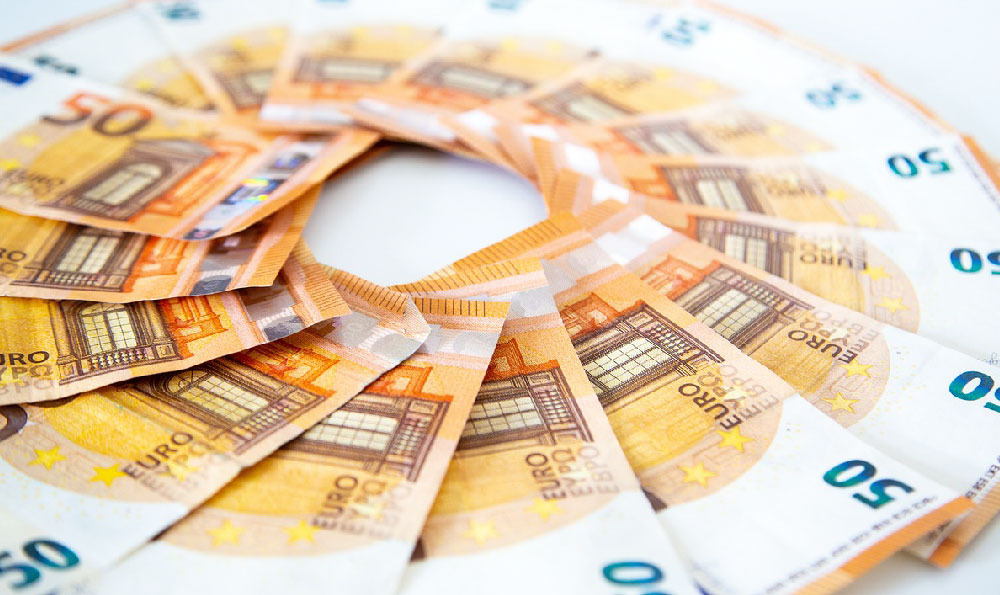Creating money necklaces can be a fascinating blend of art, symbolism, and a tangible connection to wealth. However, before diving into the techniques, it's crucial to understand the different considerations that will influence your approach. These include the type of money you'll be using (coins, bills, or even digital representations), the desired aesthetic of the necklace, the longevity you expect from the piece, and of course, your skill level with crafting tools. Once you have a firm grasp on these preliminary aspects, you can better navigate the array of techniques available.
For those drawn to working with coins, drilling is a common method, albeit one that requires precision and caution. Depending on the coin's metal and thickness, you'll need a suitable drill bit and a steady hand. It's always advisable to practice on less valuable coins first to get a feel for the pressure and speed required to avoid damaging the coin. After drilling, smoothing the edges of the hole with a fine file is essential to prevent the necklace chain from fraying or scratching the wearer's skin. Considerations here include coin collectibility; drilling valuable or rare coins can significantly diminish their value. Alternatives exist, such as coin bezels, which are metal frames designed to hold coins securely without altering them. These bezels often come with a loop for attaching a chain, providing an elegant and reversible solution.
Working with paper money presents a different set of challenges. Paper is inherently fragile, and moisture, sunlight, and even handling can degrade it over time. Laminating the bills is a frequent solution, providing a protective layer against the elements. However, lamination can also alter the texture and appearance of the bill, making it less authentic. An alternative to lamination is encasing the bill in resin. This technique involves carefully suspending the bill in a mold and pouring resin over it, creating a durable and glossy finish. This method allows for greater creativity in terms of shape and design, as you can embed other decorative elements alongside the bill. However, resin work requires proper ventilation and careful handling of the chemicals involved.

Another method for incorporating paper money is origami. Folding bills into intricate shapes and then carefully securing them with glue or thread can create stunning and unique pendants. This approach is particularly effective for creating symbolic designs, such as money cranes or flowers. Once folded, the origami pieces can be sealed with a clear sealant to protect them from moisture and handling. The fragility of paper origami means the wearer needs to be careful with the necklace, so it is probably not the best for daily wear.
Beyond the traditional realm of physical currency, the concept of a money necklace can be extended to incorporate digital representations of wealth. This could involve creating pendants that feature QR codes linked to cryptocurrency wallets, or even designing jewelry that incorporates miniature screens displaying real-time stock market data. This approach requires a more technical skillset, including knowledge of graphic design, coding, and potentially even electronics. The aesthetic of these necklaces tends to be more modern and minimalist, reflecting the digital nature of the underlying asset.
No matter the material you choose, the method of connecting the pendant to the necklace chain is crucial. Jump rings are small metal rings that connect the pendant to the chain. Ensure you use high-quality jump rings that are strong enough to support the weight of the pendant. For heavier pendants, consider using thicker jump rings or even soldering them closed for added security. Wire wrapping is another technique that can be used to create a secure and decorative connection. This involves wrapping wire around the pendant and the chain, creating an intricate and visually appealing design.
The choice of necklace chain is also important. Consider the material, length, and style of the chain in relation to the pendant. A delicate pendant might be best paired with a thin and understated chain, while a larger and more substantial pendant might require a heavier and more robust chain. Different metals, such as sterling silver, gold, or stainless steel, can also influence the overall aesthetic of the necklace. The clasp is the final touch. Ensure the clasp is easy to use and secure, preventing the necklace from accidentally coming undone. Lobster clasps and spring ring clasps are popular choices.
Durability is paramount. Before completing the necklace, carefully inspect all connections and ensure that everything is securely fastened. Apply a protective coating to the pendant, if necessary, to prevent tarnishing or fading. Advise the wearer on how to properly care for the necklace to prolong its lifespan. This may involve avoiding exposure to harsh chemicals, storing the necklace in a safe place when not in use, and cleaning it regularly with a soft cloth.
When selling or gifting money necklaces, be mindful of legal considerations. Defacing currency is illegal in many jurisdictions. While some laws may be less strict regarding the use of low-denomination coins or worn-out bills, it's always best to research and understand the relevant regulations in your area. Clearly communicate the nature of the materials used in the necklace and any potential risks associated with wearing it.
In conclusion, crafting money necklaces is a rewarding creative endeavor that requires a blend of artistic skill, technical know-how, and a healthy dose of caution. By carefully considering the materials, techniques, and legal implications involved, you can create stunning and meaningful pieces of jewelry that celebrate the symbolic power of money. Remember to prioritize safety, durability, and aesthetic appeal in every step of the process.











